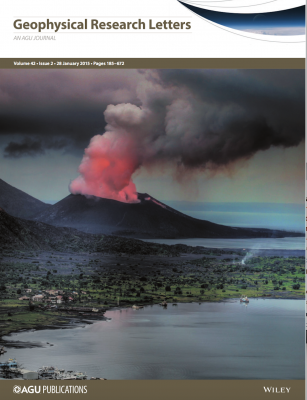Observed Multivariable Signals of Late 20th and Early 21st Century Volcanic Activity
Objective:
To improve scientific understanding of volcanic effects on climate during the late 20th and early 21st centuries
Research
-
To determine whether multi-variable signals of recent volcanic activity are identifiable in satellite observations
-
To estimate the percentage of the temporal variance of observational temperature, moisture, and radiation data explained by volcanically-caused changes in stratospheric aerosol optical depth (SAOD)
Signals of late 20th and early 21st century volcanic activity are statistically discernible in spatial averages of tropical and near- global SST, tropospheric temperature, net clear-sky short-wave radiation, and atmospheric water vapor
- Signals of late 20th and early 21st century volcanic eruptions are also detectable in near-global averages of rainfall
- During the post 2005 period, up to 30% of the temporal variance of near-global SST is explained by SAOD
- The largest post-Pinatubo cooling signals are preferentially distributed in the final third of the recent “warming hiatus” period, and must therefore contribute to the hiatus
The relatively muted warming of the surface and lower troposphere since 1998 attracted considerable attention. One contributory factor to this “warming hiatus” is an increase in volcanically induced cooling over the early 21st century. Here we identify the signals of late 20th and early 21st century volcanic activity in multiple observed climate variables. Volcanic signals are statistically discernible in spatial averages of tropical and near-global SST, tropospheric temperature, net clear-sky short-wave radiation, and atmospheric water vapor. Signals of late 20th and early 21st century volcanic eruptions are also detectable in near-global averages of rainfall. In tropical average rainfall, however, only a Pinatubo-caused drying signal is identifiable. Successful volcanic signal detection is critically dependent on removal of variability induced by the El Nino–Southern Oscillation.

